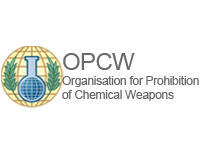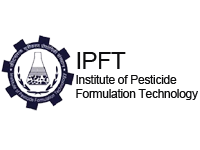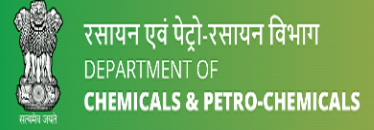Introduction - Chemical Industry
1. Besides the complete prohibition and destruction of chemical weapons, the Convention has an important component of non-proliferation. In order to secure this objective, the Convention has devised a verification and inspection regime, which applies to specified chemical industry. For this purpose, the Convention has specified three schedules in the Annex on chemicals of the Convention. They are schedules 1, 2 and 3.
2. Article VI of the Convention specifies that each State Party shall adopt the necessary measures to ensure that toxic chemicals and their precursors are only developed, produced or used for purposes that are not prohibited under the Convention. To this end and in order to verify the activities, each member Nation State of the Convention shall subject toxic chemicals and their precursors listed in the three schedules, facilities related to such chemicals and other specified facilities to declaration and verification measures.
3. Schedule 1 comprises 12 entries including both specific chemicals as well as generic entries, which may encompass a range of chemicals. Schedule 1 chemicals are either chemical weapons themselves or are very closely related to chemical weapons.
4. Schedule 2 chemicals are those that can be used to make chemical weapons but also find uses for peaceful purposes in industry. However, they are not produced in large quantities for commercial purposes. The schedule 2 list comprises 14 entries including both specific chemicals as well as generic entries. To see a list of commonly Produced and Traded schedule 2 chemicals, you may click here.
5. Schedule 3 chemicals are those that can be used in the production of chemicals listed in Schedule 1 or Schedule 2. They are also produced on a large scale for peaceful and industrial purpose. Schedule 3 comprises a list of 17 chemicals. All the scheduled chemicals are identified by their CAS Nos. The Hand Book of chemicals can be seen to browse the larger list of particular scheduled chemicals.
6. Besides the chemical industrial units engaged in activities relating to scheduled chemicals, the Convention also applies to a fourth category of industrial units which are called other chemical production facilities or OCPF facilities. They are further sub divided into DOC facilities and PSF facilities. A DOC facility is a chemical industrial unit that produces a discrete organic chemical, which is a compound of carbon except for its oxides, sulfides and metal carbonates. Discrete organic chemicals also exclude, for the purposes of the Convention, pure hydrocarbons, oligomers and polymers. The PSF facility is one produces a discrete organic chemical which contains any of the elements phosphorous, sulfur or fluorine.
7. Therefore, the Convention applies to the gamut of organic chemical industry, which comprises facilities engaged in scheduled chemicals as well as the DOC facilities.
8. There are three kinds of obligations that are required to be complied by the relevant chemical industrial units and also the exporters and importers of scheduled chemicals. These are:-
a) Declarations
b) Inspections
c) Regulations and disclosure requirements relating to exports and imports of scheduled chemicals.














